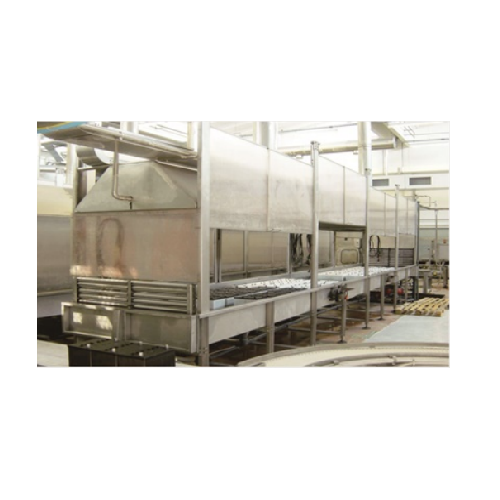Machines and selection guide for lead-acid battery production lines - 3
- By: JinHan
- Apr 22,2024
follow us
Quality Inspection Equipment: This equipment is employed to inspect the quality of assembled batteries, including visual inspection, functional testing, etc., to ensure compliance with quality standards.
Quality Inspection Equipment plays a pivotal role in assessing the integrity and functionality of assembled batteries. Its primary function includes conducting thorough inspections to detect any defects or irregularities in battery components or assembly processes. When selecting Quality Inspection Equipment, consider factors such as inspection accuracy, versatility to handle various battery types, compatibility with production line speeds, ease of integration into existing systems, data logging and analysis capabilities, reliability, safety features, and cost-effectiveness.
Automatic Packaging Machine: This machine automatically packages the qualified batteries for transportation and sale, streamlining the packaging process.
An Automatic Packaging Machine is responsible for efficiently packaging finished batteries for transportation and sale. Its primary function includes automating the packaging process to improve efficiency and consistency while reducing labor costs. When selecting an Automatic Packaging Machine, consider factors such as packaging speed, versatility to handle different battery sizes and types, packaging material compatibility, ease of operation and maintenance, reliability, safety features, and cost-effectiveness.
Plate Pasting Machine: This machine is used to apply the active material paste onto the lead plates, ensuring uniform coverage and adherence.
A Plate Pasting Machine is designed to apply the active material paste onto lead plates, a critical step in the production of lead-acid batteries. Its primary function includes ensuring the uniform and precise application of active material onto the plates to optimize battery performance. When selecting a Plate Pasting Machine, key considerations include paste application accuracy, production capacity, compatibility with various plate sizes and types, ease of operation and maintenance, reliability, safety features, and cost-effectiveness.

 English
English Russian
Russian Portuguese
Portuguese Arabic
Arabic Bangla
Bangla Indonesian
Indonesian







